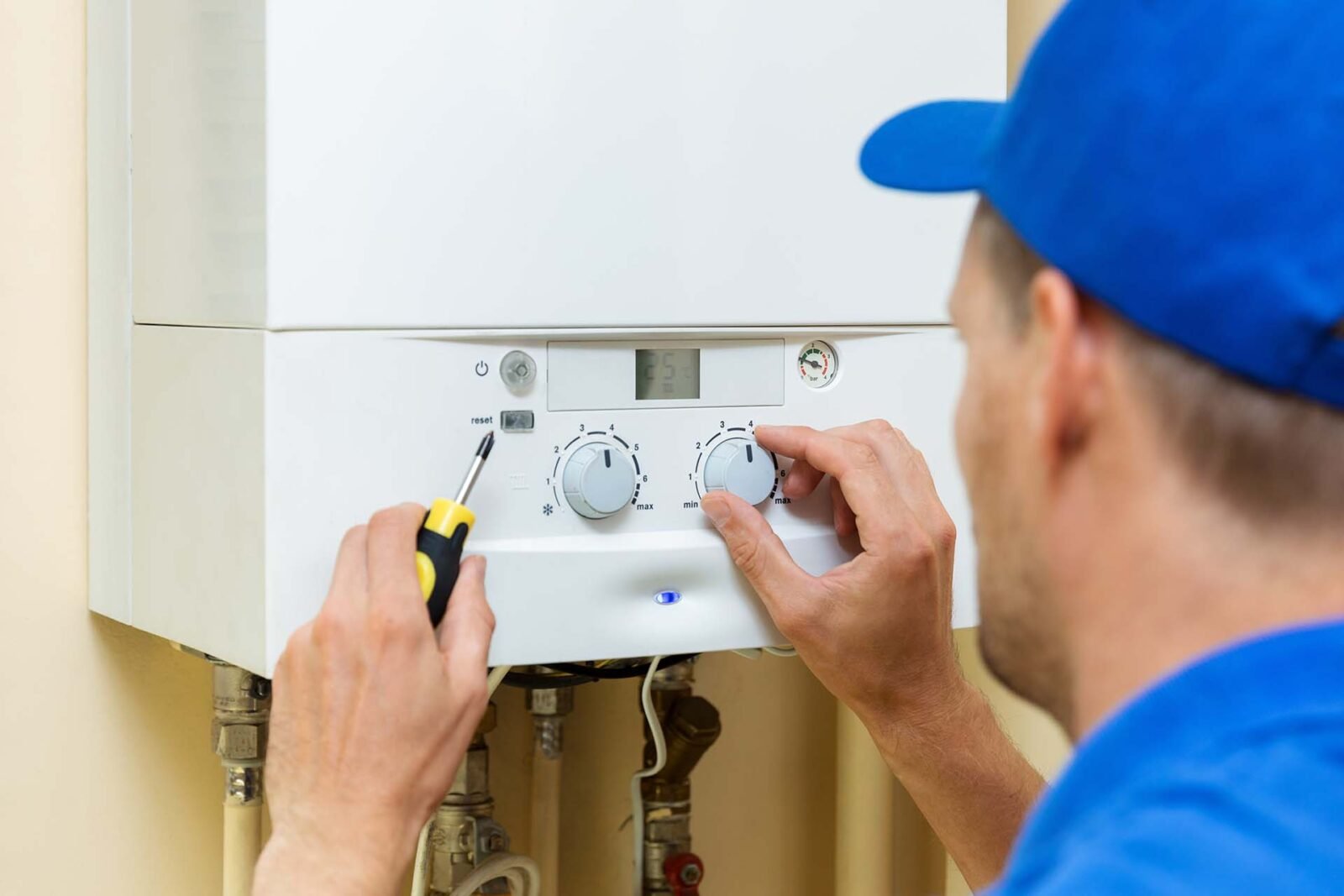Boiler installation is a significant home improvement project that can enhance your comfort and reduce energy costs. However, it can also seem daunting if you don’t know what to expect. This comprehensive guide will take you through the step-by-step process of boiler installation, from choosing the right type of boiler to the installation day and follow-up maintenance. We will also provide tips on how to prepare your home for the installation.
1. Choosing the Right Type of Boiler
The first step in the boiler installation process is selecting the right boiler for your home. There are several types of boilers available, each with its own advantages and suitability for different home heating needs.
a. Combi Boilers: Combi boilers, or combination boilers, are compact units that provide both heating and hot water directly from the boiler. They are ideal for smaller homes with limited space and a single bathroom. Combi boilers are energy-efficient as they heat water on demand, eliminating the need for a separate hot water cylinder.
b. System Boilers: System boilers require a separate hot water storage cylinder but do not need a cold water tank. They are suitable for homes with higher hot water demands and multiple bathrooms. System boilers provide a constant supply of hot water and are more efficient than traditional boilers.
c. Conventional Boilers: Conventional boilers, also known as regular or heat-only boilers, need both a hot water cylinder and a cold water tank. They are suitable for larger homes with older radiator systems. Conventional boilers can handle high hot water demand but take up more space.
2. Pre-Installation Considerations
Once you’ve chosen the right type of boiler, several pre-installation considerations need to be addressed:
a. Assessing Your Home’s Heating Needs: A professional heating engineer will assess your home’s heating requirements, including the number of radiators, the size of your home, and your hot water usage. This assessment ensures that the boiler you select is appropriately sized and capable of meeting your heating demands.
b. Checking the Existing System: The engineer will inspect your current heating system, including the pipework and radiators, to determine if any upgrades or modifications are needed to accommodate the new boiler. This inspection helps identify potential issues that could affect the installation.
c. Choosing the Installation Location: Decide where the new boiler will be installed. Common locations include kitchens, utility rooms, or airing cupboards. The chosen location should have adequate space, ventilation, and access to water and gas supplies.
d. Obtaining Quotes and Selecting an Installer: Get quotes from several Gas Safe registered installers to compare costs and services. Ensure that the installer you choose is experienced and has a good reputation. A professional installer will provide a detailed quote that includes the cost of the boiler, installation, and any additional work required.
3. Preparing Your Home for Installation
Proper preparation can make the installation process smoother and quicker. Here are some tips to prepare your home for your new boiler installation:
a. Clear the Installation Area: Ensure that the area where the boiler will be installed is clean and free of clutter. This will give the installers enough space to work and prevent any damage to your belongings.
b. Arrange for Access: Make sure the installers have easy access to your home and the installation area. If you have pets, consider keeping them in a separate room to avoid disruptions.
c. Inform Neighbors: If the installation involves significant work, such as drilling or noise, inform your neighbors in advance. This is a courteous step that helps maintain good relations.
4. The Installation Day
On the day of the installation, here’s what you can expect:
a. Arrival and Setup: The installers will arrive at the scheduled time and set up their equipment. They will explain the process and answer any questions you may have.
b. Removing the Old Boiler: If you are replacing an old boiler, the installers will first disconnect and remove it. This involves shutting off the gas, water, and electricity supply to the boiler.
c. Installing the New Boiler: The new boiler will be positioned and securely mounted in the chosen location. The installers will connect it to the existing pipework, water, gas, and electrical supplies. They will also install any additional components, such as flues and condensate pipes, required for the new boiler.
d. System Upgrades: If any upgrades to the heating system are needed, such as new pipework or radiators, these will be carried out during the installation.
e. Testing and Commissioning: Once the boiler is installed, the installers will test the system to ensure it is operating correctly. This includes checking for leaks, verifying gas pressure, and ensuring the boiler heats up as expected. They will also adjust the settings for optimal performance.
f. Demonstration and Handover: The installers will provide a demonstration of how to use the new boiler, including how to adjust the settings and controls. They will also provide documentation, such as the user manual, warranty information, and a Gas Safe certificate.
5. Follow-Up Maintenance
Regular maintenance is essential to keep your new boiler running efficiently and to prolong its lifespan. We asked Farrell CEO of London City Plumbers and here are some tips he shared with us regarding maintaining your boiler:
a. Annual Servicing: Schedule an annual service with a qualified heating engineer. Regular servicing ensures that the boiler operates safely and efficiently. It also helps identify and address any potential issues before they become major problems.
b. Bleeding Radiators: Air trapped in radiators can reduce their efficiency. Regularly bleed your radiators to release any trapped air and ensure even heating throughout your home.
c. Checking Pressure: Monitor the boiler’s pressure gauge and ensure it is within the recommended range. Low pressure can affect performance, while high pressure can cause damage.
d. Keeping the Area Clean: Keep the area around the boiler clean and free of dust and debris. This prevents blockages and helps maintain good airflow.
e. Responding to Issues Promptly: If you notice any unusual noises, leaks, or changes in performance, contact a professional heating engineer immediately. Addressing issues promptly can prevent costly repairs and ensure the boiler continues to operate efficiently.
Conclusion
Boiler installation is a significant investment that can improve your home’s comfort and energy efficiency. By understanding the step-by-step process, from choosing the right type of boiler to preparing your home and following up with regular maintenance, you can ensure a smooth and successful installation. Taking the time to research and plan ahead will help you make informed decisions and enjoy the benefits of a reliable and efficient heating system for years to come.













Leave a Reply